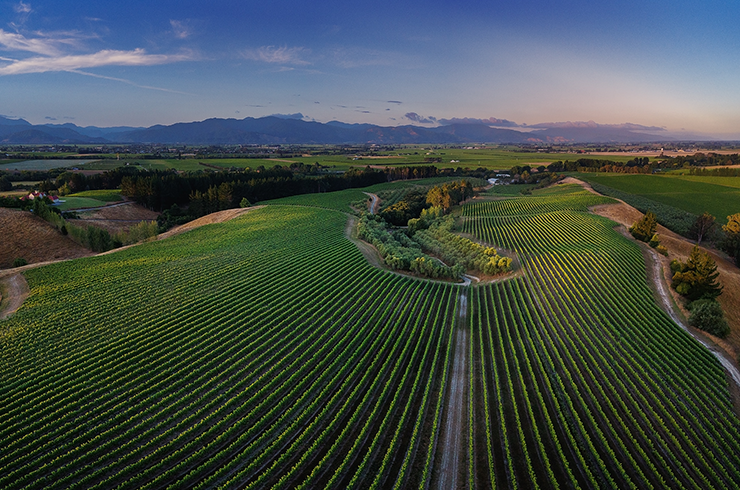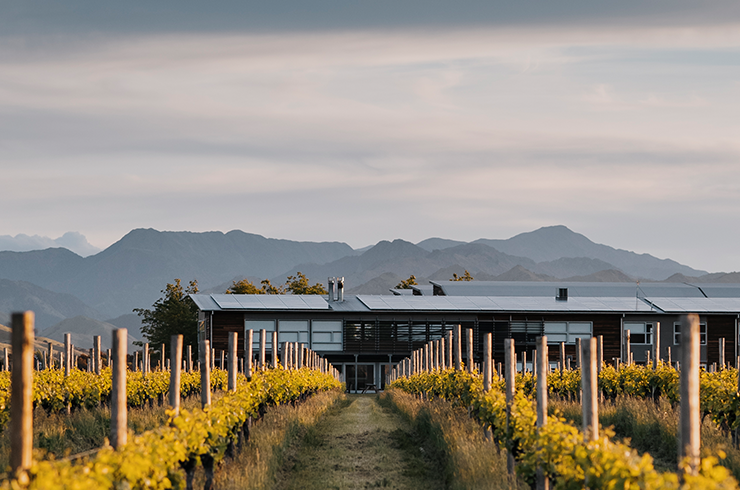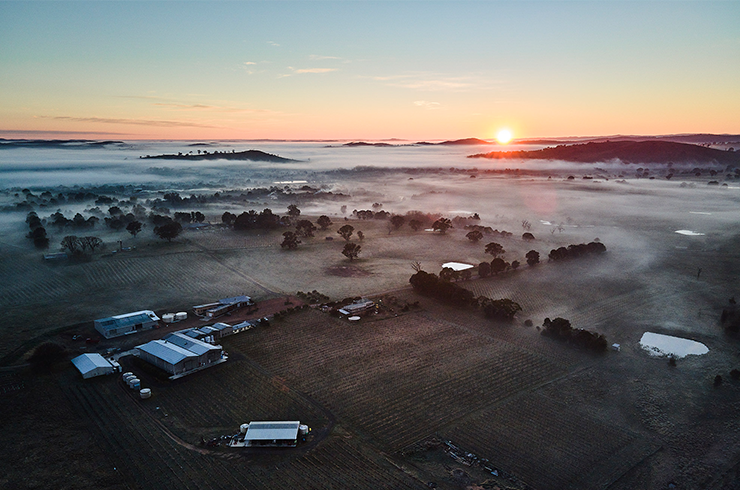The 2021 New South Wales vintage
Hunter Valley:
The Hunter Valley was blessed with an optimistic start to the season, when the debilitating four-year drought broke in February 2020. It proved to be a vintage unimpeded by heat spikes, and while February rainfall was less than 80% of average, a 60mm downpour in January imposed disease stress. Attentiveness in the vineyards paid stronger dividends than usual, even by Hunter standards. Heavy crops in some places made optimal ripeness a challenge in red varieties, and most semillon showed green characters. Chardonnay emerged the unlikely hero of the season.Mudgee:
Mudgee experienced a wet growing season and inherent disease pressure, but moderate temperatures and a slightly later start to picking yielded medium-bodied wines of vibrant acidity. The hangover effects of years of drought impacted bud numbers, making for a small harvest.Orange:
This was particularly pronounced in Orange, and especially for red grapes, where one key grower reported just 25% of normal yields. A cool season dictated that grapes lingered into the deluge of mid-March, especially at higher elevations on Mt Canobolas. Fruit harvested before the rains was reported to be exceptional.Canberra District:
Rain was frequent and plentiful in the Canberra District, making attentiveness to spray regimes paramount. A cool season saw picking dates close to those of 20 years ago, and a strong white harvest was largely safely put to bed before the rains hit in late March, inflicting splitting and botrytis on almost-ripe reds, with shiraz hardest hit. Those who made stringent selection are quietly confident of the outcome, particularly for the later ripening cabernet sauvignon.Hilltops:
Hilltops was inflicted with the same challenges, with one top grower reporting 50% loss of shiraz to botrytis. Cabernet was again the saving grace, blessed by a long, slow maturation in warm, sunny days and cool nights, potentially the best since 2014.Southern Highlands:
The cooler growing season nurtured elegant wines of high acidity in the Southern Highlands, where leaf plucking, shoot thinning and stringent selection in hand picking proved essential to dodge Downey mildew and botrytis. Aromatic whites, chardonnay and pinot noir were regarded as the strongest performers.Tumbarumba:
After a string of hot vintages, a cool season proved a welcome relief in Tumbarumba. Near-perfect ripening conditions were punctuated by significant rain events in January and February, necessitating diligent canopy management and disease control to save the crop. After complete losses to 2020 bushfires, one top grower reported potentially the best pinot noir to date, exclaiming, ‘It’s official – Tumbarumba is back!’Shoalhaven Coast:
After experiencing budburst a week ahead of normal, those who succeeded in mitigating disease in the Shoalhaven Coast reported excellent fruit.Riverina:
Timing of ripeness in the Riverina dictated that disease pressure was more intense for whites than reds, calling for judicious harvesting. Pinot grigio and chardonnay were listed as the highlights, with shiraz and other reds showing good colour and flavour.Murray Darling:
The Murray Darling escaped the worst of the rain, reporting an ‘absolute cracker’ season of mild, dry days and cool nights producing very good quality and slightly higher yields than 2020.To discover more regional insights from the 2021 Australian vintage – click here.
Latest Articles
-
Wine Lists
The 50 most popular wines of 2025
just now -
Wine Lists
A snapshot of top New Zealand wines (all rated 91 points and above)
2 days ago -
Behind the label
Taste Aotearoa: Get to know these five New Zealand wineries
2 days ago -
Wine Lists
Just in: 14 newly reviewed wines to try this December
17 Dec 2025



